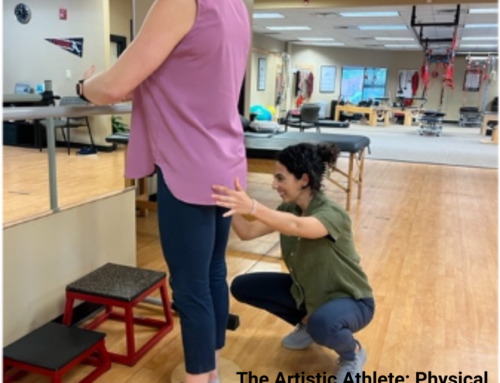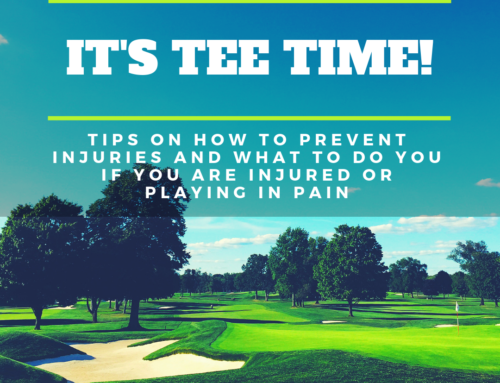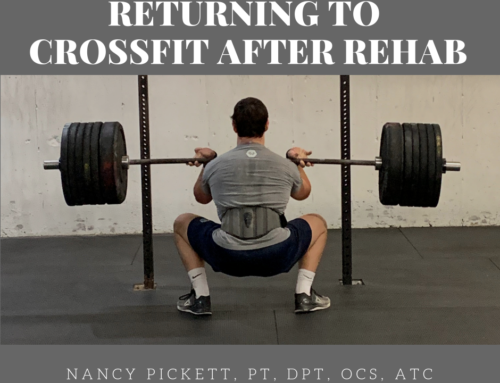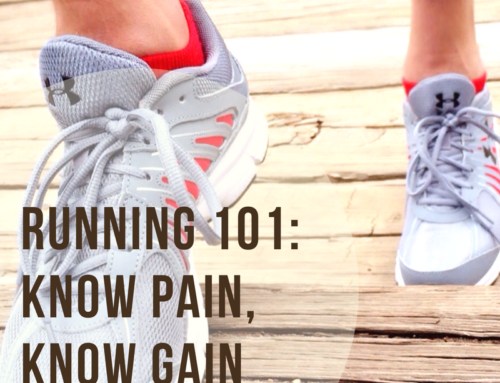Beat the Heat
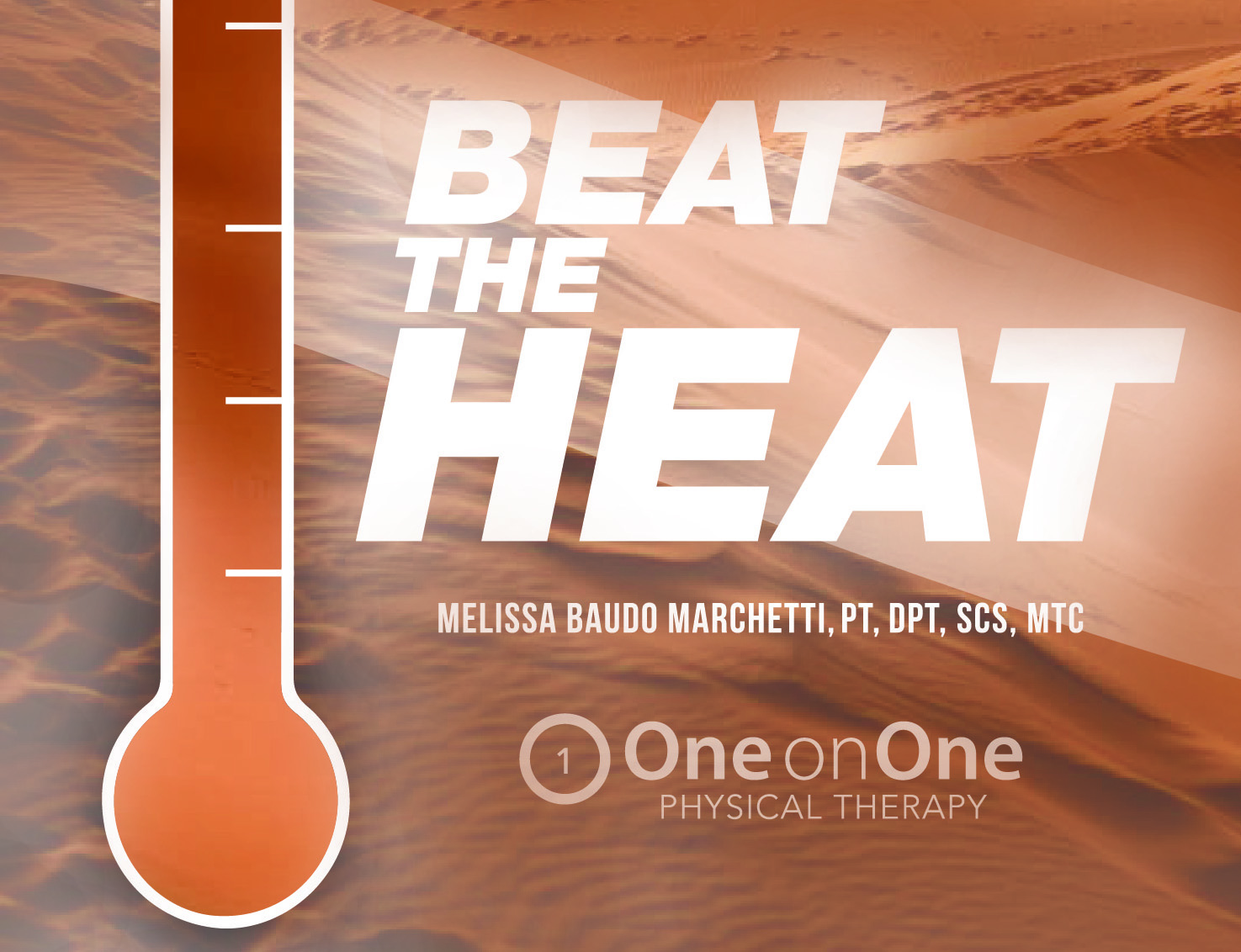
What is heat illness, what causes it and how can you treat it?
By Melissa Baudo Marchetti, PT, DPT, SCS, MTC
Heat-related illness is always a possibility when playing sports out in the sun, especially in excessive heat and humidity like Atlanta in the summer. There are three stages to heat illness:
Heat Cramps:
The first stage of heat illness is Heat Cramps, the signs of which are excessive sweating and/or involuntary muscle cramps. These cramps usually occur in the abs or the extremities but can progress throughout the entire body. Heat cramps are caused by excessive fluid loss, an electrolyte imbalance, low sodium intake, and/or poor acclimatization to heat. To treat heat cramps, the athlete should stop playing, rest in a cool place, hydrate with water and electrolytes, and should engage in some passive, easy stretching to the area of the body that is cramping.
Heat Exhaustion:
The second stage is Heat Exhaustion, which means that the body’s thermoregulatory system has become overloaded and is not working properly. This stage is characterized by excessive sweating, heavy breathing, rapid pulse, and/or fatigue. Other signs include weakness, dizziness, headaches, excessive thirst, dark-colored urine and/or vomiting. Heat exhaustion is caused by the same factors that lead to heat cramps, especially excessive sweating. If you feel you are suffering from heat exhaustion, stop playing immediately, rest in a cool place, apply cold towels or ice packs to the body, change out of any wet clothing, and hydrate with water and electrolytes.
Heat Stroke:
The third stage of heat illness is Heat Stroke, which is the most life-threatening condition. In this stage, the body’s thermoregulatory system shuts down completely and the body is no longer able to cool itself. This stage can occur very abruptly and the athlete may experience hysteria, irritability, aggressiveness, loss of memory, disorientation, rapid pulse and respiration, an absence of sweat and/or skin that is red, hot and dry. If you are with an athlete that you suspect is suffering from heat stroke, you should call emergency medical personnel by dialing 911 immediately. The athlete needs to be cooled by any means possible including ice packs, placing cold, wet towels on the body, or, preferably, cold water immersion.
Here are ten steps to beat the heat when heading outdoors this summer in Atlanta:
-
Hydrate well and often.
Drink water and electrolyte-enhanced beverages throughout the day, specifically before, during, and after playing. A good rule of thumb is to drink half your body weight in ounces in water per day, but when playing a tennis match outside in the heat and humidity you may need more.
-
Use the right kind of fluid replacement.
Drink a combination of water and electrolyte-enhanced beverages, like sports drinks, throughout the day to keep yourself well-hydrated. A good rule of thumb is to drink 6-8 gulps of water and sports drink on the changeovers and set breaks. Then, continue to replace fluids lost even after your practice or match is completed.
-
Increase the salt content in your food and drink.
Sodium is a major electrolyte lost through sweating. So, be sure and eat foods and drink beverages with higher salt content, like sports drinks, to replace that sodium on practice and match days. Add a little bit of salt to your food the day of and the day before a match. Salted pretzels are a great snack on a hot and humid day.
-
Physically prepare for the heat.
The more physically fit you are, the better your body will be able to handle the heat. So keep those non-tennis workouts up just to help you handle the hot weather conditions.
-
Use ice and cold towels.
During a changeover, the goal is to cool down the body as much as possible. Bring along a small cooler of ice packs or cool, wet towels to a match when you know that it will be particularly hot and humid outside. Place the ice towels or cold packs on the back of your neck and in your arms pits to cool down your body’s core temperature.
-
Wear sun-friendly clothes.
Be sure to choose lightweight, light-colored, breathable clothing that allows sweat to evaporate quickly. There are even items available with SPF ratings now so wearing long sleeves in the sun is actually a possibility. Wearing a hat or visor is a go-to accessory on a sunny day. Nothing is more horrible than feeling like your face is being fried and serving directly into sunlight. If hats and visors aren’t your thing, make sure to protect your eyes from the sun. Sunglasses offer 100% UV protection and certain types of lenses can enhance visibility of the ball on the court.
-
Use sunscreen.
By using sunscreen, you not only protect yourself against future skin cancers, but you can also avoid sunburn, which can raise skin temperature and contribute to heat illness.
-
Get acclimatized.
Your body will be better conditioned to play in the sun if you spend some time getting used to just being in the sun.
-
Stay out of the sun when possible.When you’re not playing, get out of the direct sun and give your body a break. This holds true even for very short amounts of time like on changeovers or when waiting to serve or return. Make sure to try to sit in the shade on the changeover. If there’s a patch of shade you can stand in, go stand there.
-
Know your limits.
If you experience any signs of heat illness or dehydration, or if you’re just starting to feel very uncomfortable, get out of the heat and stop playing and cool your body temperature down. Winning a tennis match is not worth risking heat illness.
Hopefully with these tips, you’ll be able to beat the heat!
Best,
One on One Therapy / Melissa Baudo Marchetti PT, DPT, SCS, MTC
Dr. Baudo Marchetti is a Board Certified Sports Clinical Specialist at One on One Physical Therapy, a multidisciplinary private practice in Atlanta. For nearly five years she was a full-time sports physiotherapist for the WTA Tour and is a tennis medicine expert. She teaches a Sports Physical Therapy course and assists in teaching orthopedics within the Division of Physical Therapy at Emory University. Learn more by visiting www.onetherapy.com.
